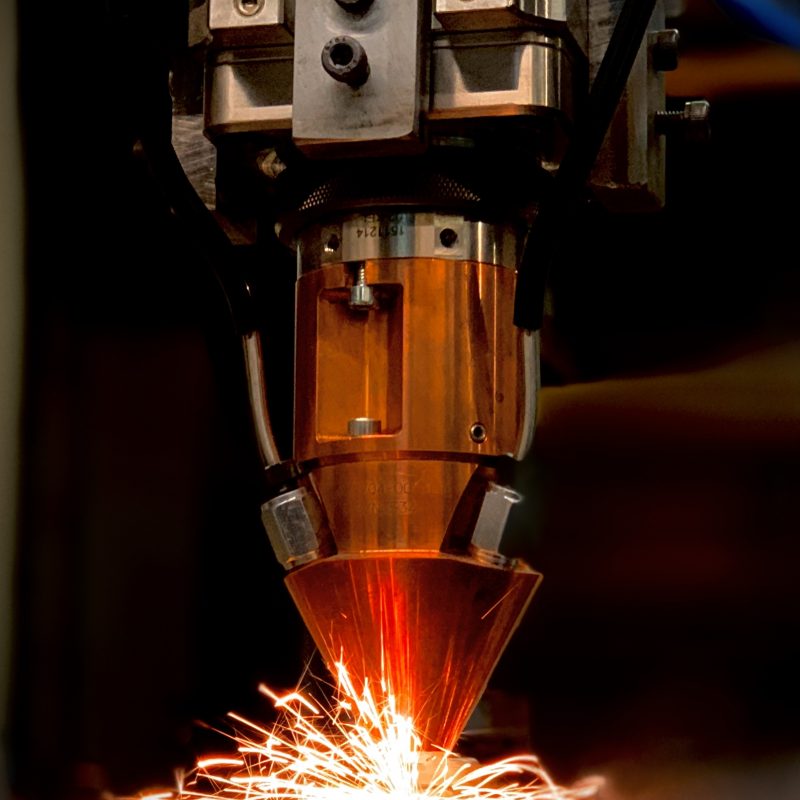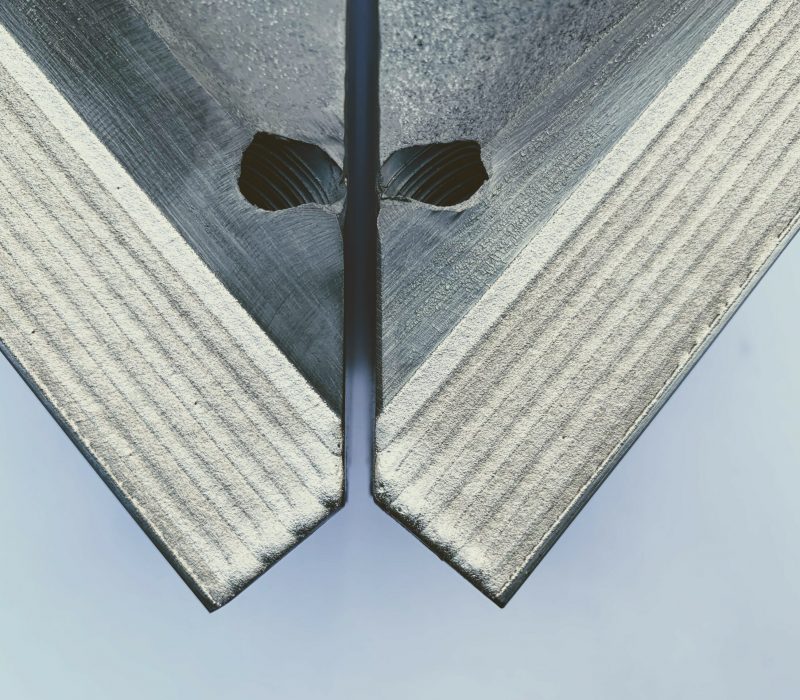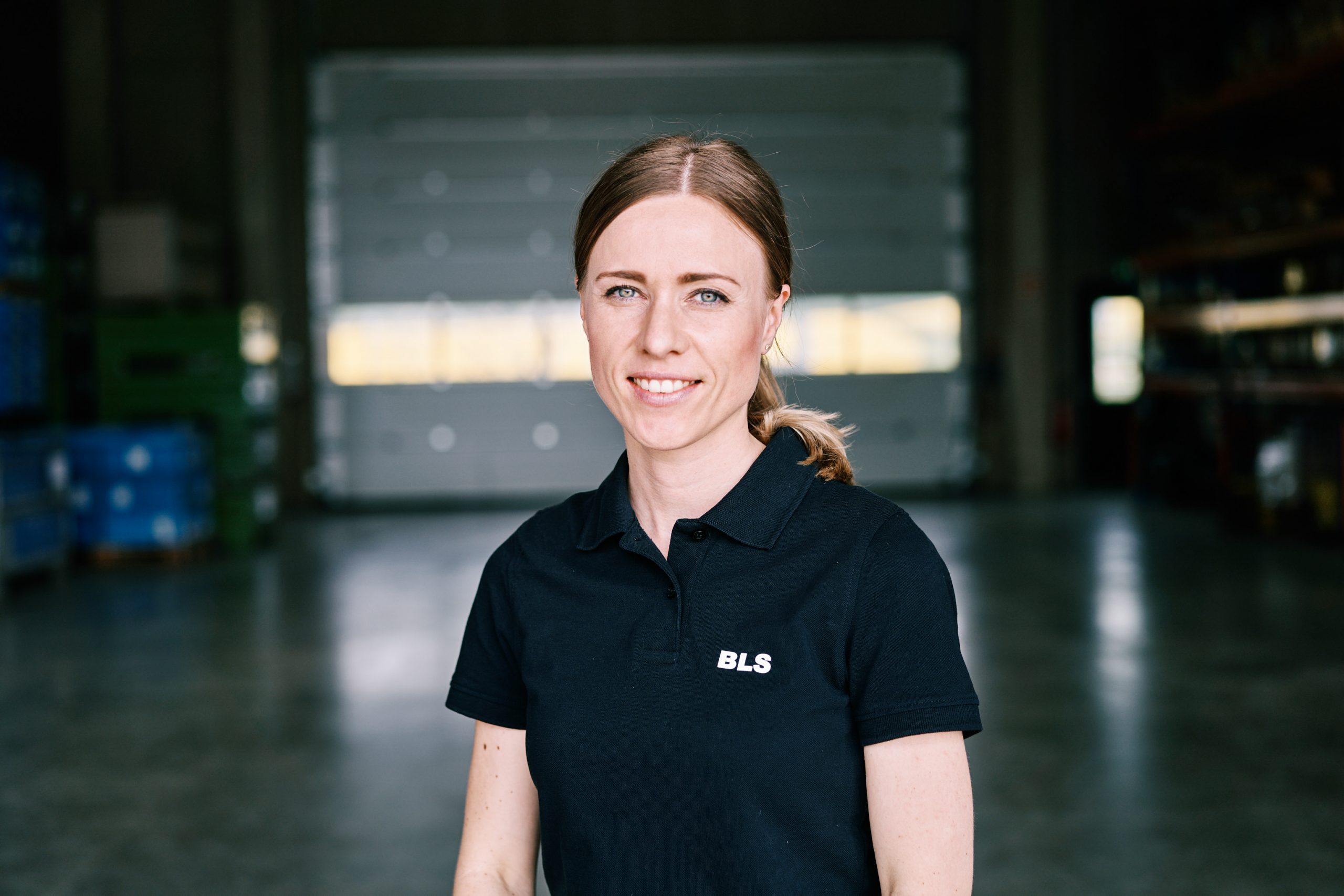Laser metal deposition (LMD)
Laser Metal Deposition (LMD) is a modern additive laser process. BLS helps to exploit the possibilities of this technology with deep expertise and extensive laser experience. Applications are diverse, such as repairs of high-quality, metallic components or targeted protection against wear and corrosion.
What is Laser Metal Deposition?
Laser metal deposition – often also called „laser cladding“, „laser deposition welding, „laser coating“, “Direct Metal Deposition” (DMD) or “Direct Energy Deposition” (DED) – is a generative manufacturing method for various metals. While a laser melts the surface of a component, the process introduces a metallic filler material in the form of metallic powder at the same time. This material creates a form-fitting, firmly welded layer of 0.01 to 1.5 mm per application. Applying several layers in succession builds complex geometries and structures onto a part.
The process thus enables 3D laser printing of metal. Compared to the alternative metallic 3D printing process – Laser Metal Fusion (LMF) – the processing of the component takes place in free space. Laser metal deposition thus offers more freedom and flexibility in contrast to LMF, where the process must be performed inside the enclosure of a 3D printer. Laser Metal Deposition (LMD) is also suitable for large-scale due to the lower cycle times and the high degree of automation.
We support you
Do you need help with the laser processing of your component? BLS is looking forward to helping you determine the requirements for your 3D laser material processing.

Laser metal deposition can apply various materials to a part. Currently, laser cladding of copper, laser cladding of nickel or laser cladding of cobalt are particularly popular applications. Laser cladding of aluminum and laser cladding of titanium are also standard in laser deposition welding.
In addition, Laser Metal Deposition (LMD) can switch between different materials, or apply a special material combination that does not otherwise exist. For example, a component with an alloy of nickel or iron refined with tungsten carbide powder provides particularly high wear protection. The process is accordingly ideal for all applications in which an expensive material only needs to selectively protect a component at the critical points for economic reasons. This enables a highly economical use of valuable raw materials
Trust in over 30 years of experience.
With extensive laser experience, BLS supports customers as a contract manufacturer from parameter determination / basic development through prototype production to serial production. A high-performance machine park and different laser types enable an overall optimized service offering. The quality management system and exchange with leading research institutions ensure quality at the highest level.
You have questions about the service offering of BLS Lasertechnology GmbH?
Laser Metal Deposition advantages
Laser Metal Deposition (LMD) offers design freedom, economical process speed and exceptionally high flexibility in material use. The process can precisely apply thin layers from 30µm to 1.5mm thickness. It enables components to be gently enhanced with a valuable, functional layer or to be repaired selectively at low cost. Automated guidance of the laser ensures highest quality and precision.

- Economical: Targeted use of valuable materials and substances
- Precise: Machine and plant equipment with a repeatability of up to 0.01mm
- Versatile: wide range of materials, and even development of special alloys possible
- Flexible: great freedom in geometry and shape of the applied layer, subsequent laser smoothing of the applied layer possible
- Gentle: Minimal distortion via extremely low heat input to the component
- Clean: machined surfaces remain without discoloration, burn-in spots or pores
- Versatile: can be combined with laser welding and laser cutting
- Efficient: short cycle times due to very high build-up rate (up to 250cm²/min with EHLA process)
Laser metal deposition expertise
3D welding (laser cladding) can apply a variety of materials to a metallic component. By using several conveying units and conveying gases, the method can add different materials either alternating at a specific rate or simultaneously in a specific atio. This allows the development of new, special alloy depending on the required functionality. Laser deposition welding can add material layers in any shape, allowing large-area changes to geometries.
Materials
- Metal: high alloy steel, stainless steel, mild steel
- Light metal: aluminum, titanium
- Non-ferrous metal: copper, nickel
- Special metallic alloys (e.g. with tungsten carbide) on request
Variants
- Laser metal deposition with a wide variety of powder mixtures (depending on the application and objective)
- Laser metal deposition with shielding gas (e.g. argon, helium, mixed gas)
- Various powder mixtures (e.g. Rocket401, EuTroLoy 16606 A, Metco 51NS or WOKA WSC-S)
Geometries
- Lines and areas
- Changes to contours and edges, bridging gaps
- Complex 3D shapes
- Various geometries and shapes
BLS Laser Metal Deposition Offering
BLS Lasertechnology GmbH is an expert for laser metal deposition in Germany and offers a wide range of services. BLS already helps from the beginning of the product development process with the conception to ensure the best possible processing of the components.
- Support in the design of the component for an optimal cladding result
- Design and manufacture of individual fixtures and clamping systems
- Cleaning of the parts before processing with an in-house industrial cleaning plant
- Laser metal deposition from prototypes (sample production) to serial production
- (Partial) automation of loading and unloading for large production batches
- Determination of optimal laser types and correct powder selection, parameter determination and application development
- Possibility to manually tack and e.g. align components before the deposition welding process
- Heating: thermal with industrial furnace (inner dimensions: 1000 x 1000 x 1000mm) or inductive with generator
- Laser Metal Deposition according to technical drawing and coordination
- Testing of the applied material layer in BLS internal measurement laboratory
Laser Metal Deposition Procedures
The LMD process is versatile. Besides the EHLA process (“Extreme High Speed Laser Material Deposition”), BLS can also use laser cladding for laser coating or laser repair. In addition, laser metal deposition 3D laser print various shapes or join components with large gaps as a generative manufacturing.
EHLA procedure
Extremely fast application (up to 250cm²/min) by heating the powder already before the melting bath & thus melting faster; allows thin layers of 30-300 µm thickness
Laser repair
Fast, efficient and simple repair of expensive components that could otherwise only be procured new at high cost or with long delivery times
Assemble
Joining of components not suitable for laser welding; includes welding of large gaps or joining of dissimilar materials
Laser coating
Targeted upgrading of a component via the application of a thin, valuable material layer to protect against wear or corrosion

